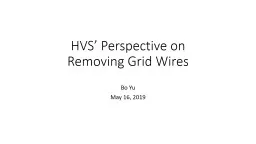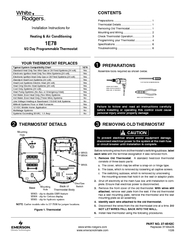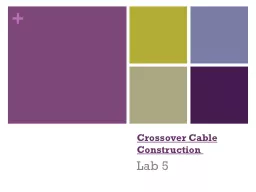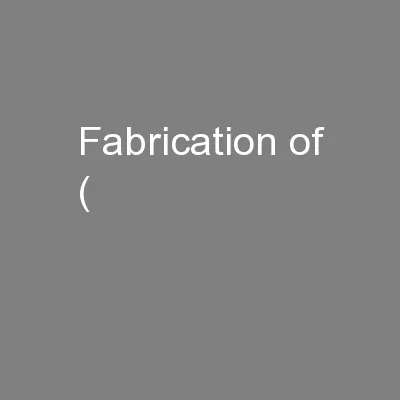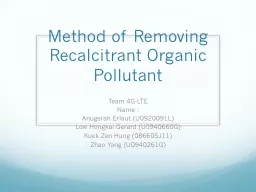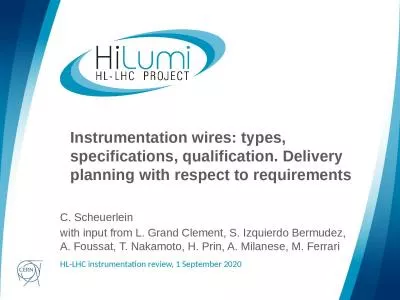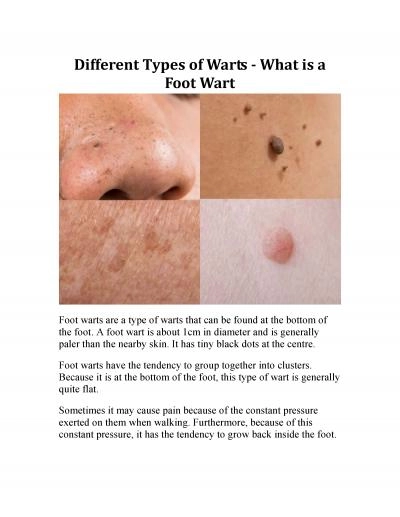PPT-HVS’ Perspective on Removing Grid Wires
Author : onionchevrolet | Published Date : 2020-06-23
Bo Yu May 16 2019 The Impact on CE From HVS if G Wires Are Removed Increased sensitivity to HVPS ripples during normal operation Increased risk of FEE damage due
Presentation Embed Code
Download Presentation
Download Presentation The PPT/PDF document "HVS’ Perspective on Removing Grid Wir..." is the property of its rightful owner. Permission is granted to download and print the materials on this website for personal, non-commercial use only, and to display it on your personal computer provided you do not modify the materials and that you retain all copyright notices contained in the materials. By downloading content from our website, you accept the terms of this agreement.
HVS’ Perspective on Removing Grid Wires: Transcript
Download Rules Of Document
"HVS’ Perspective on Removing Grid Wires"The content belongs to its owner. You may download and print it for personal use, without modification, and keep all copyright notices. By downloading, you agree to these terms.
Related Documents

